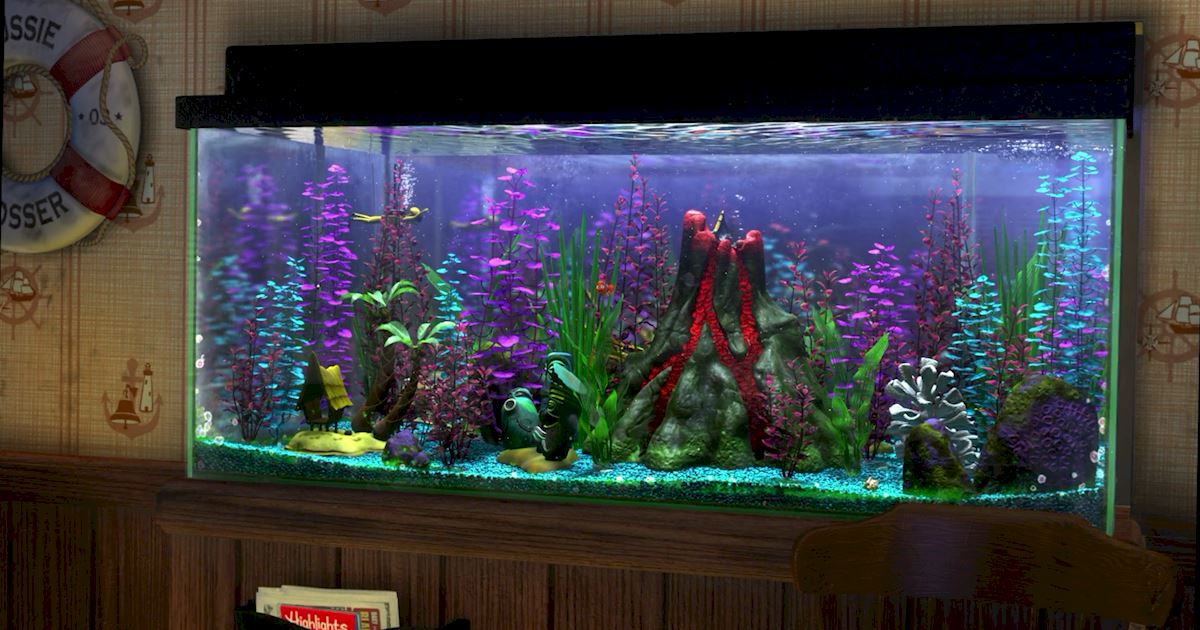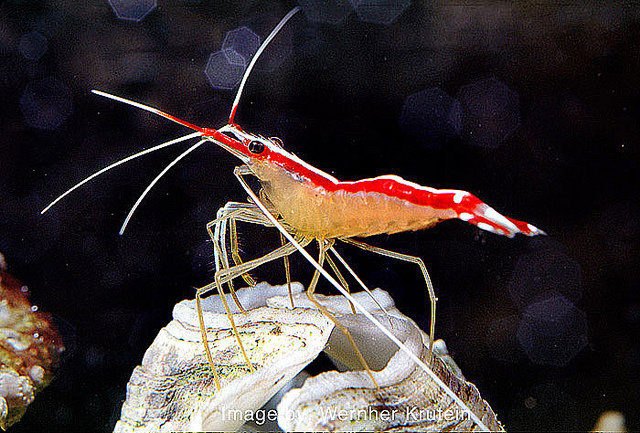


Clownfish have a symbiotic relationship with the stationary animal. The social structure of clownfish and its ability to change sex may be related to the clownfish's chosen habitat - the sea anemone. These immature males can turn into females if the alpha female dies. In any given community, the female is the largest fish, the breeding male is the second-largest and the rest are sexually immature males. Should his father die, Nemo would change into a female and mate with another male.Ĭlownfish all begin life as male, but can all carry both female and male reproductive organs. Since Nemo is the only other clownfish around, he becomes a male and mates with his father (who is now a female). Nemo hatches as an undifferentiated hermaphrodite (as all clownfish are born) while his father transforms into a female now that his female mate is dead. The data will be presented to the International Coral Reef Symposium in Hawaii next week, and submitted to a scientific journal for publication later in the year.As North Carolina State fish biologist Patrick Cooney wrote on his blog The Fisheries:įather and mother clownfish are tending to their clutch of eggs at their sea anemone when the mother is eaten by a barracuda. that most of the fish will probably be put on the endangered species list." The fish species themselves were not under threat of extinction, he added, though "probably, in 50 years, there's going to be so few reefs. But if you throw a cloud of cyanide over a reef to stun all the fish and that coral is bleaching, that reef is dead. Finding Nemo is a 2003 American computer-animated adventure film produced by Pixar Animation Studios and released by Walt Disney Pictures. "A bleached coral has a high possibility of recovering if there's no other pollution stress around it. All through the Indo-Pacific, corals are bleaching," said Downs. "Cyanide fishing is very destructive to coral reefs and coral reefs are under a huge amount of climate change stress at the moment. "The 'Dories', the blue tangs, the ones I purchased, all had, except for one, very high levels" of poisonous residue, said Downs.Īnd those "did not survive beyond nine days after purchase."īlue tangs are sold for aquariums for up to 150 euros ($170) apiece, said Downs.īut worse than customer deception, the practice of cyanide fishing is devastating for the coral reefs that the popular pets come from.

The team had tested over 100 fish, including blue tangs-of which an estimated 300,000 are traded every year, according to a recent report.įriday's release of Pixar's "Finding Dory", an animated film about a forgetful blue tang, will likely boost demand for aquarium specimens of the tropical fish, a report says The White stripes across the body are very typical and characteristic. Nemo & Marlin (Clownfish) The Clownfish is also known under the name anemonefish. Most of them will live in a fish tank but some of them are only found in the wild nature like the Pacific ocean. Tests on European pet fish will follow next year. Here are all the finding Nemo fish in real life. No living rock, aquarium gravel, inadequate filtration, mixture of fish that would kill each other in no time. The results would be similar in other countries, given that most of the world's tropical aquarium fish come from the same suppliers, said Downs. Everything about that tank was designed to kill them within days. More than half of saltwater aquarium fish the researchers bought from US-based pet stores and wholesalers, tested positive for cyanide residue, said the report. you squirt cyanide onto a fish or it goes into this cloud of cyanide and it is stunned," Downs told AFP by telephone. One of the most common, though illegal, ways of capturing the colourful creatures is to use cyanide. The film's predecessor, "Finding Nemo", had seen more than a million clownfish taken from tropical reefs, said Craig Downs of the Haereticus Environmental Laboratory in Virginia, a research body which worked on the report with conservation group For the Fishes. Friday's release of Pixar's "Finding Dory", an animated film about a forgetful blue tang, will likely boost demand for aquarium specimens of the tropical fish, and fuel the poisonous practice used to trap them, said a report.


 0 kommentar(er)
0 kommentar(er)
